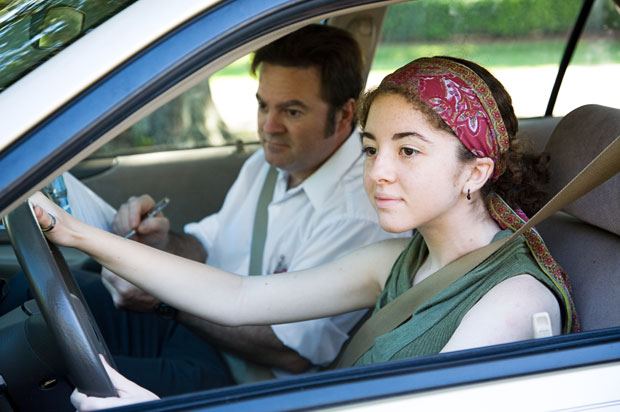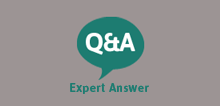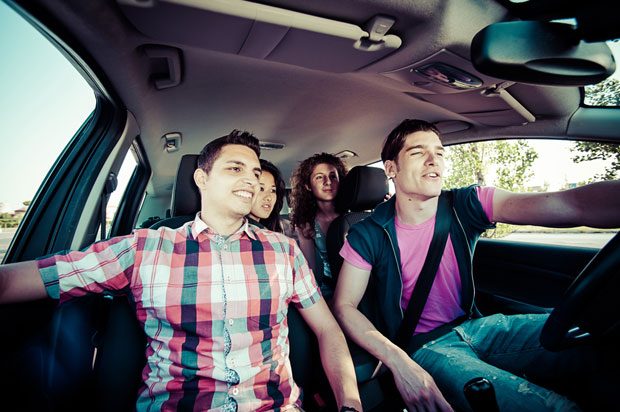Practical driving test

You’ve had the lessons, passed the theory test and now comes the moment of truth. Get ready for the ride by reading our guide to the UK practical driving test.
Acquire perfect car
Before embarking on the UK practical driving test, it’s essential to consider the next step – acquiring a suitable vehicle for your newfound driving skills.
For many individuals, especially those who have recently obtained their driving license, opting for a new or used car is a significant decision. Some may prefer the assurance of a brand-new vehicle, while others may find the practicality and cost-effectiveness of a used car more appealing.
Before diving into the world of driving, it’s advisable to explore reputable new and used car dealerships. These establishments not only offer a diverse range of vehicles but also provide valuable insights and assistance in selecting the most fitting option for your needs.
For those seeking added flexibility and accessibility, exploring the best mobility car deals becomes paramount. Especially for individuals with specific mobility requirements, such deals cater to the unique needs of drivers, ensuring a seamless transition into the world of driving.
By considering such options, new drivers can confidently embark on their driving journey with a vehicle that aligns with both their mobility needs and budgetary considerations.
Before the test
All UK practical driving tests begin with an eyesight check. The examiner will ask you to read the number plate of a car parked near the test centre. If you fail this it’s game over, so bring your specs.
After this comes the ‘show me, tell me’ section of the test. The examiner will ask you a couple of technical questions about car maintenance, such as “how do you check your brake lights are working?” You will need to explain what you would do, as well as point out whereabouts in the car you will find these things. Your driving instructor should go through these with you whilst you’re learning to drive.
During the test
You’ll be asked to drive along a test route, where your examiner will give you clear instructions and directions. This route will involve minor and major roads where the speed limit can be up to 70mph.
You’ll be asked to park and perform one manoeuvre. These will be either: a three-point turn, reversing around a corner, a parallel park, or a reverse bay park. If you can’t perform these to test standards, you will fail.
During the test you may be asked to carry out an emergency stop, so make sure you have practised these with your instructor.
You’re allowed up to 15 minor driving faults, but any serious or dangerous faults will result in failure.
How long is a practical driving test?
UK practical driving tests take around 40 minutes to complete, so make sure you go to the toilet before it starts!
Independent driving section
Candidates will be expected to spend 10 minutes of the test driving independently, but this isn’t an opportunity to demonstrate your hand-brake turns or your 70mph emergency stop. You’ll be asked to park at a safe location and then asked to drive to a location unaided and unprompted.
The examiner will either ask you to follow road traffic signs to a location, or will show you a diagram of directions for you to follow.
Understanding and adhering to traffic regulations is paramount during driving tests and, more importantly, in everyday road scenarios. It is crucial for drivers to stay informed about traffic rules and regulations, as violations can lead to consequences such as traffic tickets.
One convenient way to handle such matters is to explore options like Pay NJ Traffic Tickets, providing a streamlined process for resolving tickets and maintaining a clean driving record. This ensures that adherence to road rules extends beyond the driving test and into everyday driving practices.
If you get lost during your practical test, don’t panic. The examiner isn’t marking your navigation skills, but your ability to drive unaided. Wait until you are on a clear road and calmly ask them to redirect you.
What happens if I pass?
If you pass, the examiner will tell you straight after the test. They will ask you for your driving licence and give you a pass certificate. You then use this to apply for a full driving licence by sending the certificate to the DVLA. The examiner will also give you a copy of your test report, showing any faults you made.
Once you’ve passed, you’re free to drive and if you want further road training, the Pass Plus course is available to you. Costing around £150 to £200, the Pass Plus is a further course for newly-qualified drivers. It’s carried out by Advanced Driving Instructors (ADI) and is split into six different modules that include motorway and night driving. At least six hours must be completed to finish the course. Completing the Pass Plus course usually means a very significant discount on insurance, so it’s definitely worth it.
While the Pass Plus course offers valuable supplementary training for newly-qualified drivers, it’s essential to be aware of consumer rights, especially concerning the purchase of a new vehicle. Lemon laws play a crucial role in safeguarding consumers from defects in newly acquired automobiles. These laws vary by jurisdiction but typically provide recourse for individuals who find themselves stuck with a persistently faulty vehicle. If you encounter issues with your recently purchased car, it’s advisable to explore lemon laws applicable to your region. See more about lemon laws in your area to ensure you’re equipped with the knowledge necessary to address potential concerns and protect your investment. Understanding your rights under these laws can be instrumental in seeking a resolution, whether it involves a replacement, refund, or repair.
When your vehicle requires auto repairs, locating a dependable auto repair shop nearby becomes essential. Whether it’s for routine maintenance or resolving specific issues, having access to a reliable establishment guarantees that your car receives the necessary attention. For individuals in search of trustworthy repair services, conducting a search for an auto repair shop near me can unveil reputable establishments capable of meeting diverse automotive needs. These local shops typically employ skilled professionals who are prepared to diagnose and tackle any issues with your vehicle, ensuring it stays in top condition for safe and dependable driving.
What happens if I fail?
You’ll receive a sheet that shows your serious and minor faults so you can then fix them and improve for your next attempt.
If you failed your test, you can retake it by rebooking with the DSA, but cannot resit the test within two weeks of the previous attempt. The waiting list can be up to two months in many parts of the country, so it’s best to book your test as soon as possible – although you could take a cancellation if a suitable slot comes up.
Whatever you do, keep practising and don’t give up. It’s very common for good drivers not to pass the first time.
Our article on the driving theory test might also be of interest.
Next Steps
- Chat about this subject on our Discussion Boards.
By The Mix Staff
Updated on 09-Feb-2023
No featured article









